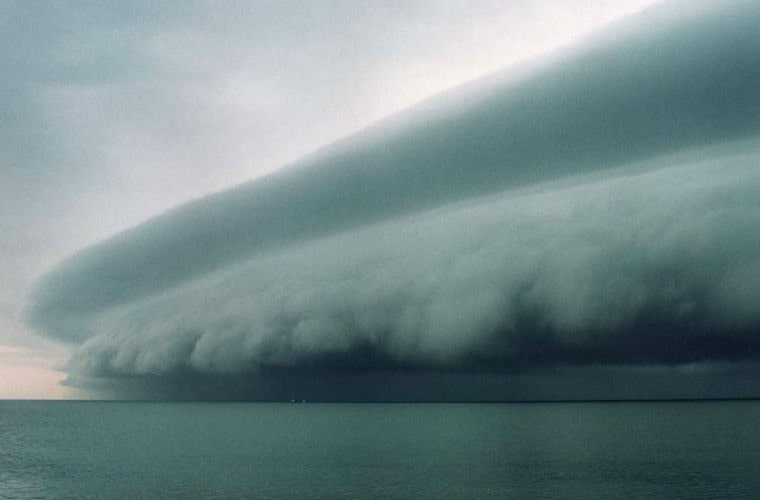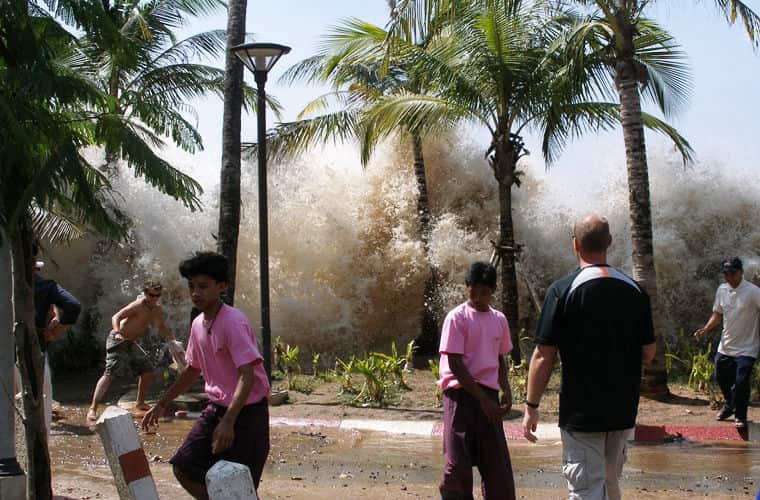These natural phenomena have something in common: they periodically bring a lot of trouble to a person. But there are also many differences.
What is the difference between a hurricane, typhoon and tsunami?
Hurricane
A hurricane is a wind that exceeds 120 km/h (33 m/s). If it reaches 180 km / h (50 m / s), the hurricane is considered very strong. At some point, the clouds may dissipate briefly, but this is only the calm before the storm. It's called "eye of the storm". Almost everyone has seen this phenomenon. At least in the painting by Ivan Aivazovsky "The Ninth Wave". After a short respite, a powerful wind begins again, and it can rage for tens of hours.
Typhoon
In meteorology, both a hurricane and a typhoon are called cyclones. Although there is still a difference between the phenomena, and it lies in power. It can be said that a typhoon is a progressive hurricane.

Typhoons that turn into hurricanes most often occur between the coast of East Asia, the equator and the date line, that is, a conditional line, on both sides of which local time differs by a day. It runs from pole to pole. As an example, we can recall Typhoon Haiyan, which in November 2013 began with a storm in Micronesia, and approached the Philippines as a hurricane.
Typhoons peak between May and November. One of the conditions is the high temperature of the water in the ocean: +30 °C. Then the warm air from the water comes into contact with the upper chilled air masses, creating clouds. The resulting precipitation transfers heat to the atmosphere. Colliding with each other, air masses of different temperatures form a low pressure area, which becomes the birthplace of a typhoon or hurricane.
Thus, the boundary between these natural phenomena is very thin. With a tsunami, they are united only by high speed.
Tsunami

Tsunamis are called long and high waves.. They arise due to earthquakes - both underwater and coastal, when the lithospheric plates of the ocean floor shift sharply. Unlike ordinary waves, tsunamis affect the water from the bottom to the surface of the ocean.
Approaching the coast, the distant wave catches up with the one in front, which at that time slows down and rises by 10 or even 50 m. place. Usually there are several such waves, but they do not come at once, but with an interval of two to three hours. And they also cause a lot of destruction.
